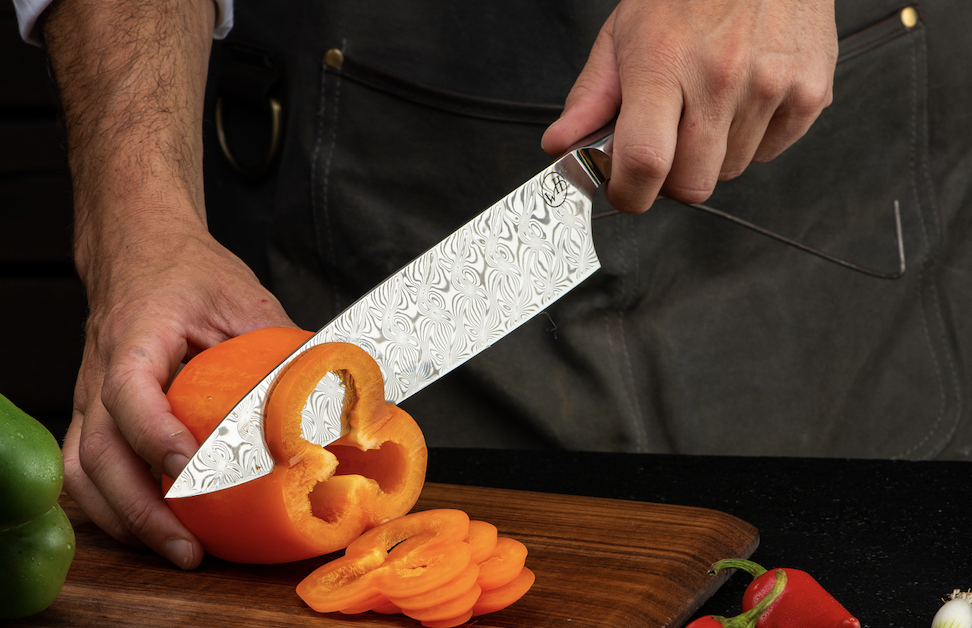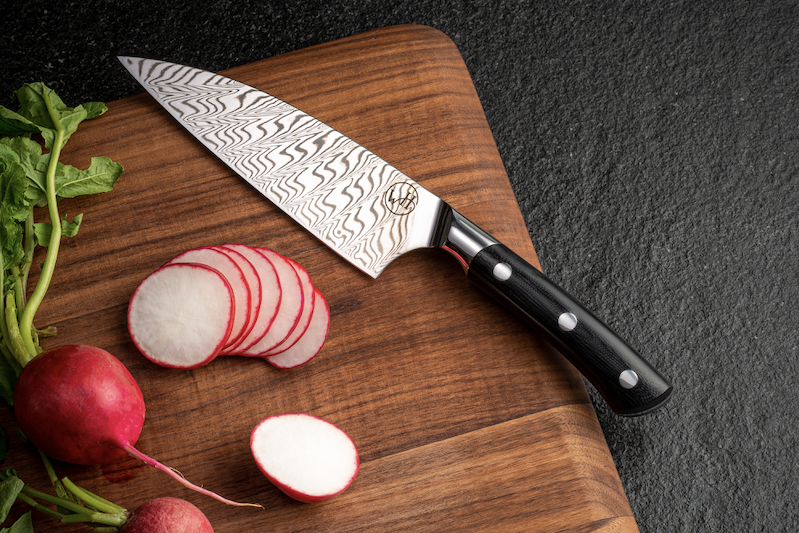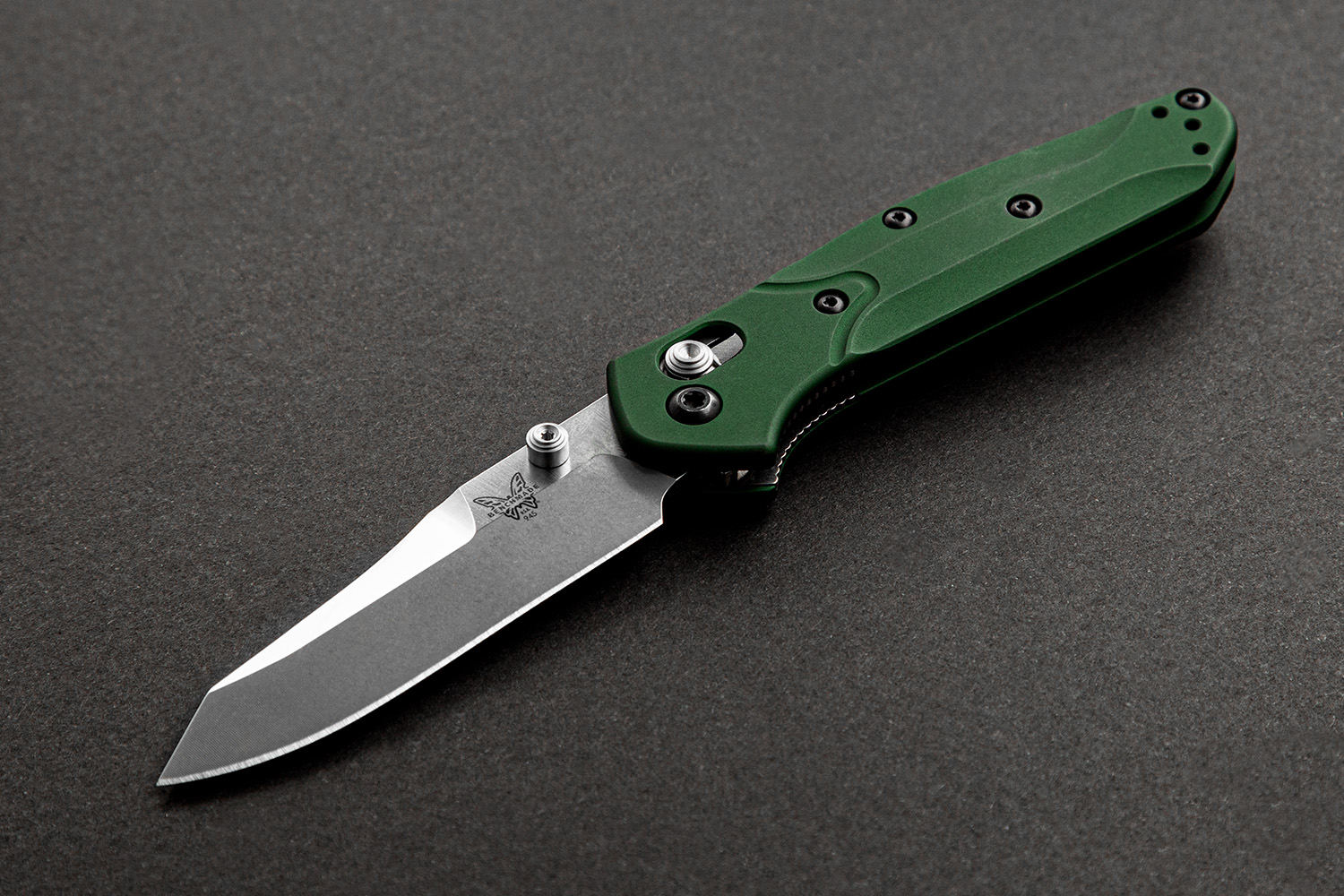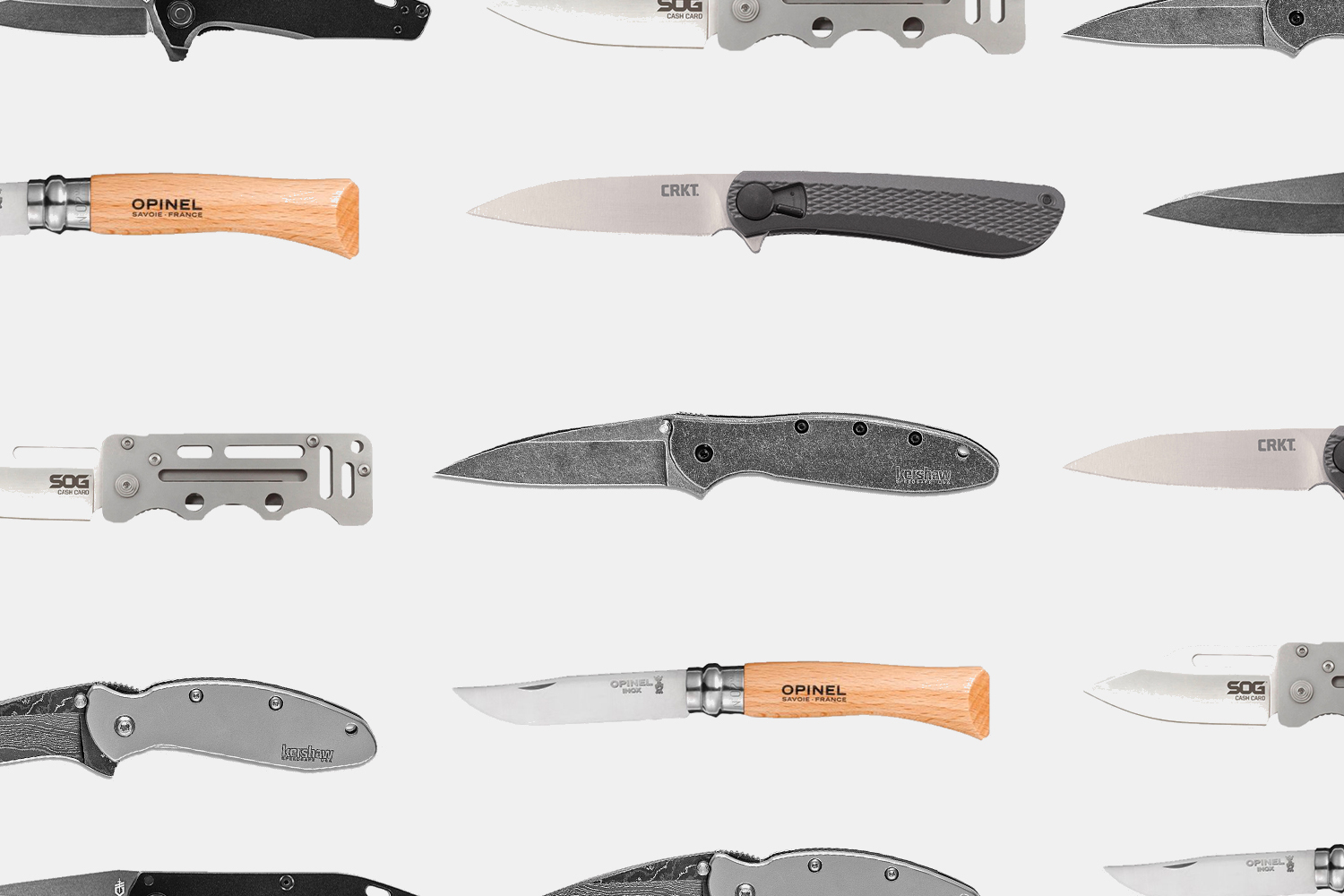The experience of the pandemic has brought out the inner chef in a lot of us. And since a chef is only as good as his tools, the high-end cutlery market has seen quite a surge in the past couple years.
So clearly we know how to buy them. But do we know how to insure that our investments last a lifetime? Probably not. But Matt Conable, the founder of award-winning blade-maker William Henry, does.
“Far too many people simply use and abuse their knives without taking care of them,” Conable tells InsideHook. “I guess this is understandable in our disposable ‘bigger better next’ consumer culture, but if you invest in truly great tools, they are worthy of great care and will return the favor with excellent service and a longer lifespan.”
Below, Conable shares his thoughts on eight of the most common knife-maintenance questions. Heed them, and you may never replace your blades again.
How do I handle the handle?
If you have a natural wood handle (many knives do not), then oiling is essential. I really like natural oil combinations like Howard Feed-N-Wax — a weird name for a great product that combines orange oil and beeswax for an organic finish that is safe and long-lasting. Smells great, too. Many wood oils and finishes are designed for floors and furniture and have toxic ingredients I don’t like to have near my hands, or my knife handle. I simply handwash the handles with soap and water, dry thoroughly with a towel, then use another paper towel to rub on a generous coat of the oil or wax. If it soaks all the way into the wood, do it again until the handle remains wet. Then wait about 15-20 minutes and wipe off the excess and you’re done.
What about the hinges of a folding knife?
If you have a folding knife (hinged) then I like to use a 3-in-One oil on the pivot area. A drop or two on each side of the blade where it rests between the handles should do, then cycle the blade 20-30 times to make sure the oil has reached every surface. Then just wipe off any excess. To get out bits of food and grime, use the oil around the hinge, flood it a bit, then use compressed air to drive the oil (and whatever it picks up) out of the pivot area while cycling the knife back and forth. This can get a bit messy, but helps to clean the mechanism.
What’s the best way to keep my knife sharp?
So many choices here. I really like a diamond-coated sharpening dowel or flat whetstone to bring back the edge on knives that get regular use. Truly sharpening by hand. It’s not as hard as people think, and there is an almost zen-like ceremonial quality to the process. Plus, it’s very satisfying to bring a knife back to full performance after the edge has dulled. I don’t like automatic sharpeners as they tend to take off too much material and shorten the life of the blade.
Should I go to a pro to get it sharpened?
Sure, if that feels right. There are many great knife-sharpening services out there and, with the right tools, even a cheap knife can get sharp for a little while. At William Henry, we offer sharpening on our own knives for our customers. There’s nothing quite like that original “factory” edge that we’ve learned how to create over 23 years of full-time knifemaking.

Do I really need a different knife (e.g., hunting vs. kitchen vs. folding) for every use case?
Absolutely. Great knife design understands exactly what the job or jobs will be and the tool is built to accomplish those jobs best. Outdoor knives tend to have thicker blades and thicker edges — and often more robust handles — for short bursts of intense work. Kitchen knives tend to be much thinner, with finer edges for finer work and have handles that are more streamlined for use over long periods of time. Folding knives run the gamut depending on the intended task. There is always crossover (I am a big fan of blurring the lines towards enhanced performance and aesthetics), but in general you would not use a hunting knife to prep in the kitchen, nor a kitchen knife in the great outdoors, unless that’s all you had. The right tool for the job.
How much does maintenance vary for these different blade types?
It’s not so much about knife type as it is knife materials. Synthetic handles take less maintenance, aerospace-grade alloys like titanium take no maintenance, and different blade steels require different care. If you care about your tool, know the materials used and follow the recommended care instructions from the manufacturer. Some of the most beautiful knives use materials that require more care — like a fine car or timepiece, the good stuff asks and demands your respect and attention. Take care of your investment and it will always take care of you.
Is one method to remove rust better than another?
Not in my experience. My best advice is to take care of your knives to prevent rust in the first place. Depending on blade steel and other component materials, this may require rubbing a light oil or wax (car wax works surprisingly well) on the metal parts after use and before storage. Generally, it’s less of an issue with kitchen knives, most of which are relatively corrosion resistant. Once you have rust, it’s often a losing battle, but a Scotch-Brite sponge with an off-the-shelf rust remover can help. Still, it’s better to protect your investment and keep your knives rust-free from the outset.
Where should knives be stored?
Anywhere you want, except in a damp environment. Prolonged exposure to wet air, salt air and the like is simply a bad mix for almost any knife blade steel that performs well. Virtually all great blade steels have some amount of carbon in them which aids in sharpness and wear resistance. That same carbon does not like being damp. This is true even of stainless steel. The alloy mix to get optimal performance means they have elements integrated that can, under duress, start to corrode. That said, storing knives in a block, drawer, cabinet, or elsewhere is fine. For knives with sheaths or pouches, I recommend storing the knives separate from their cases, as these cases can trap moisture over time.
Every Thursday, our resident experts see to it that you’re up to date on the latest from the world of drinks. Trend reports, bottle reviews, cocktail recipes and more. Sign up for THE SPILL now.
























